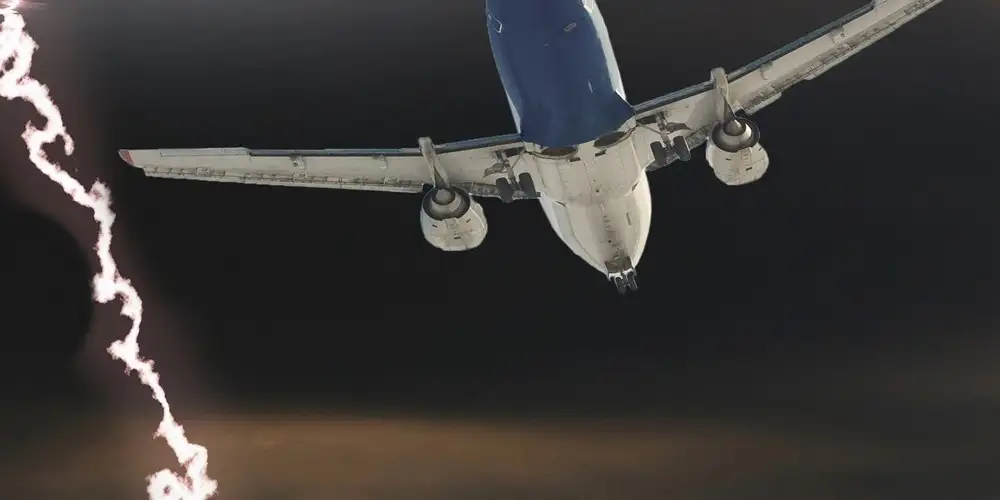
What will the airline landscape look like after the big US Airways-American merger, and what should travelers expect? Within a year or so, the country will be down to four giant airlines plus a handful of much smaller niche players. Although my crystal ball is not high-def, I can foresee some important trends. Find out which airlines will be left standing, and what you can expect from them.
Southwest: Bigger Than Ever
Even after the merger, Southwest will be a strong number two for the volume of passengers carried on domestic flights. Southwest will start to assert itself in international markets with flights to Mexico and the nearby islands. But it has planes capable of nonstops from the West Coast and Las Vegas to Hawaii—watch out, Alaska, Hawaiian, and United. I also think Southwest could make a net profit by adding the equivalent of United’s Economy Plus feature—extra legroom for an extra price—but that’s a long shot.
Southwest is the key to the post-merger airline scene. Historically, it has acted as a national “policeman,” preventing the big airlines from gouging travelers more than they otherwise would. Thanks to Southwest’s policy of offering low minimum fares and selling all tickets one-way, the big carriers can’t maintain monopoly prices on many of their busiest routes. But opportunities for the “Southwest effect”—drastically lowering fares when the airline takes on a new route—are diminishing; this is mainly because of the shrinking number of good routes that Southwest doesn’t already fly. I worry that Southwest will start acting more like American, Delta, and United by adding baggage fees and maybe more restrictions on its lowest fares.
All indications, however, are that Southwest is happy with its current strategies. It will continue to go its own way, staying out of the big online travel agencies’ systems and fare-comparison websites, and not charging for two checked bags. But don’t be surprised to see more international flights from the discount carrier.
Alaska: Small, Independent, and Strong
Alaska seems happy with its geographical niche, and is not seeking or even welcoming a merger. But with its strong West-Coast route structure and market presence, excellent position to Hawaii, and efficient Seattle hub, Alaska might be an inviting takeover target—even a hostile one—for either Delta or American, neither of which is competitive in Alaska’s bailiwick. Meanwhile, look for Alaska to add more major Midwest and East Coast destinations.
Hawaiian: Another Independent
Hawaiian is becoming a powerhouse from Hawaii to Asia. Its problem is that Hawaii is probably the country’s most leisure-intensive air market, with very little business travel; that means it has to keep fares low to stave off inroads by Alaska, Allegiant, and soon Southwest. It too could be an acquisition target within a few years.
JetBlue: Being the Best Works
JetBlue has been successful with its strategy of providing the best coach product in the sky and operating a strong hub at New York/JFK. The worry here is that some other airline will decide to acquire it, and then ruin it—just as American ruined Air California and US Airways ruined PSA decades ago. Let’s hope JetBlue can keep doing its own thing, which it does better than anyone else.
Allegiant: The Small-Town Specialist
Allegiant has set industry conventional wisdom on its head by becoming consistently profitable with the strategy of flying a few times a week from nowhere to somewhere, at very low fares, and selling lots of hotel accommodations and car rentals along flights. Although others have tried this and failed, Allegiant is going strong. However, Alaska seems to be testing the same strategy.
Allegiant is a godsend to small communities otherwise tied to high-fare airline connections to regional hubs. But Allegiant is not loyal: If you have Allegiant flights and want to keep them, better buy lots of its hotel and car packages.
The Rest of the Pack
Other airlines are likely to face some tough times in competing in the post-merger universe:
- Although people seem to like its product, Virgin America is a consistent money loser, and it has to figure out how to make a profit pretty soon if it wants to survive. Unlike some other smaller airlines, it doesn’t have much to offer a possible acquirer.
- Frontier seems to be drifting aimlessly trying to find a strategy that will permit it to make some money. The latest bet is on Trenton, and who knows whether that will work. Maybe its Denver base might attract a white knight, but that’s no sure thing.
- Spirit continues to thrive as “America’s Ryanair,” although I’m not sure why.
- Sun Country sells lots of seats through tour packagers, and that may be enough for continued viability.
- I don’t see any start-up airlines likely to have an impact this year or next.
Mort Sahl used to end stand-up routines by asking the audience, “Is there anyone here I haven’t insulted yet?” Let me end with that same thought—and feel free to disagree.
You Might Also Like:
We hand-pick everything we recommend and select items through testing and reviews. Some products are sent to us free of charge with no incentive to offer a favorable review. We offer our unbiased opinions and do not accept compensation to review products. All items are in stock and prices are accurate at the time of publication. If you buy something through our links, we may earn a commission.
Related
Top Fares From
Today's Top Travel Deals
Brought to you by ShermansTravel
Shop and Save with Country Inns...
Patricia Magaña
 Hotel & Lodging Deals
Hotel & Lodging Deals
$229 -- Chicago: Discounted Rates and...
Francesca Miele
 Hotel & Lodging Deals
$229+
Hotel & Lodging Deals
$229+
$188 -- Honolulu: Save on Oceanview...
Abigail Lamay
 Hotel & Lodging Deals
$188+
Hotel & Lodging Deals
$188+



